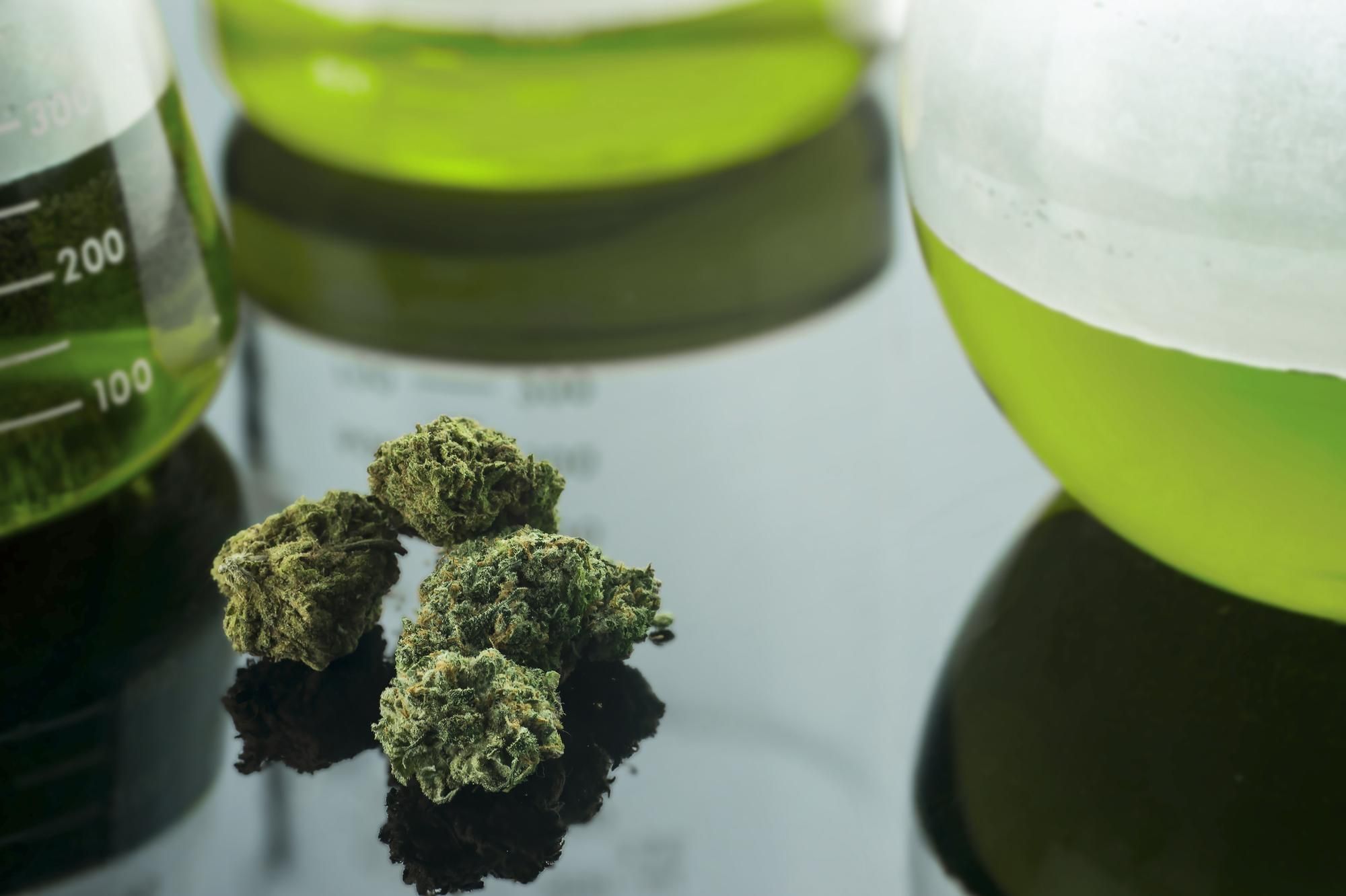Cannabis is more than just THC, the compound most associated with its psychoactive effects. In fact, over 120 different cannabinoids have been identified in the plant, each interacting with the body’s endocannabinoid system (ECS) in unique ways. Together, these compounds shape not only how a person feels during their high, but also the therapeutic potential cannabis may provide.
Understanding the Endocannabinoid System
The ECS is a regulatory network of receptors (CB1 and CB2), enzymes, and naturally produced endocannabinoids that help maintain balance in the body. Cannabinoids from the cannabis plant mimic or influence this system, binding to receptors or altering their activity. CB1 receptors, found mainly in the brain, influence mood, perception, and memory, while CB2 receptors, located in the immune system, are linked to inflammation and pain regulation (National Institutes of Health, 2020).
THC: The Driver of the High
Delta-9-tetrahydrocannabinol (THC) is the main psychoactive cannabinoid, responsible for euphoria, altered perception, and relaxation. By binding strongly to CB1 receptors, THC produces the characteristic “high.” However, THC can also cause anxiety or paranoia in high doses, showing how one compound alone doesn’t fully determine the cannabis experience.
CBD: The Balancer
Cannabidiol (CBD) does not produce intoxication but can influence the high by modulating THC’s effects. Research suggests CBD interacts with serotonin and vanilloid receptors, while indirectly affecting CB1 activity. Many consumers report that CBD softens the intensity of THC, making the high smoother and less overwhelming (World Health Organization, 2018).
Other Minor Cannabinoids
While THC and CBD dominate most discussions, minor cannabinoids also contribute to the experience. Cannabinol (CBN) is mildly psychoactive and often linked to sedation. Cannabigerol (CBG) is thought to promote focus and mood regulation. Cannabichromene (CBC) may enhance the entourage effect by working synergistically with other cannabinoids and terpenes. Even lesser-known cannabinoids such as cannabielsoin (CBE) and cannabicyclol (CBL) are now being studied for potential anti-inflammatory and neuroprotective properties.
The Entourage Effect
A key concept in cannabis science is the entourage effect, which describes how cannabinoids, terpenes, and flavonoids interact to shape the overall high. Instead of acting in isolation, these compounds create a spectrum of effects that vary by strain. For example, a strain high in THC and myrcene may produce more sedation, while one with balanced THC and CBG may feel more uplifting.
Why Cannabinoids Matter for Consumers
For cannabis consumers, understanding cannabinoids means gaining more control over their experience. Choosing a product with higher CBD may help avoid anxiety, while one rich in CBN could assist with sleep. As legal markets expand, lab testing and cannabinoid labeling allow shoppers to make more informed choices based on desired outcomes.
Cannabinoids, therefore, are not just chemical curiosities—they are the foundation of the cannabis experience, guiding both the high and the plant’s therapeutic potential.
Read More: Why Patients and Recreational Shoppers Buy Different Strains

